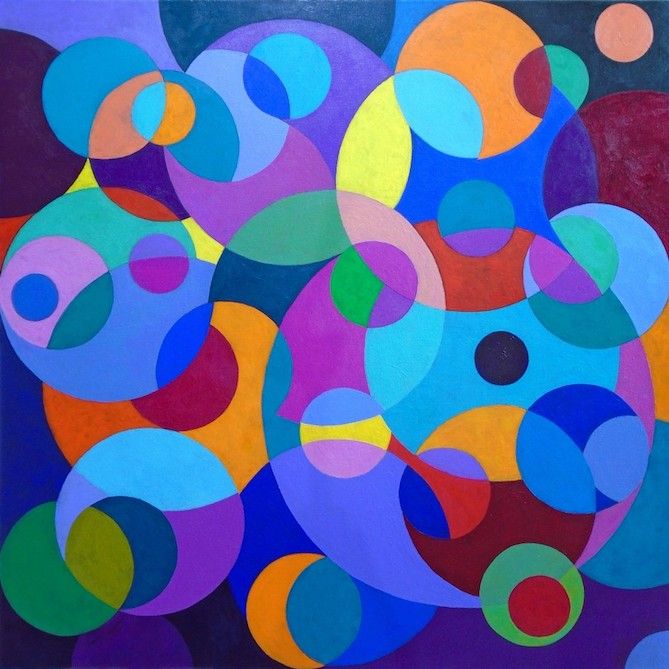
The Joy of Feuillard – A Sequential Approach to Teaching Bow Technique (Part 20 – Feuillard No. 34 – Box Exercises and Finger Exercises)
Robert Jesselson
At this point I begin to introduce several exercises that isolate the various parts of the arm that will be involved in producing wave motions (eg. No. 34 – Variations #19, #25, #39 and #40). The three parts of the arm that can make these wave motions are the fingers, wrist and upper arm, depending on the part of the bow, the dynamics, and the speed of the waves.
First we will do the wrist exercises that I refer to as the “Box Exercises”. These isolate the movements that we need for using the wrist in string crossings, bow changes, and various strokes. I like to demonstrate the exercises in one lesson, and then have the students show me the exercises in the following lesson to make sure that they have absorbed the information and have practiced the exercises.
So, the “Box Exercises” have four steps:
- With the arm stretched out (and no “kinks”) describe a box with the wrist; make sure the box is as large as the wrist can make; then reverse the box; then make a circle; then reverse the circle. As one practices these exercises (they are essentially stretches) one will find that the motions will become more fluid, and the wrist will be able to move more freely.
- Holding a pencil like a small bow, make the same movements: box, reverse box, circle, reverse circle
- Holding the bow with regular bow hold (make sure the second finger is on the metal tab, with the tip of the finger slightly below the ferrule), and supporting the bow with the left hand fingers so the bow can slide freely, make the same movements: box, reverse box, circle, reverse circle
- Finally (and this probably won’t happen easily on the first day) do the same motions without supporting the bow from the left hand. It is important to have the little finger on the top of the bow for this exercise. The little finger provides the necessary balance to keep the bow from falling. If the little finger is not prepared for this, then one must go back to the exercises described in earlier blogs. Isometrics may also be necessary to train the little finger.
After isolating the wrist with the box exercises, the next step is to do the bowing figures (which were described in the last blog) with just the wrist in the middle of the bow. I demonstrate the figures, and then have the student work on them for the next lesson.
The next step is to isolate and exercise the fingers, so they can work independently from the wrist. There are five steps in the finger exercises.
The five steps in the finger exercises are:
- with the arm stretched out (no kinks) move the fingers up and down by pulling back and releasing the tendons; try and have the fingers as flat to the wrist as possible when they are “up” and as straight when they are down. Do not move the wrist during these exercises – make sure that it is only the fingers that are moving.
- attach the thumb to the first finger, and observe how it should bend outward when the fingers are “up”, and inward when the fingers are “down”. (This movement is similar to the thumb movement in collé – but I usually do not discuss collé at this point because that can confuse the intent of these exercises for string crossings rather than bow changes. I think it is pedagogically better to separate these concepts so there is no confusion.)
- holding a pencil, do the same up and down movement of the fingers.
- holding the bow, with the left hand supporting the stick, do the same up and down movement of the fingers. Make sure that the little finger is “attached” to the third finger and not bowing out. I sometimes explain that the two fingers are wrapped in twine. The purpose of this is to make the motion more efficient. Sometimes it takes some separate training to teach the little finger to move with the third. This is not something that is called for in any other aspect of life – but it is very helpful in creating a good bow technique. The little finger should be on top of the stick in order to prepare for the balance that is necessary in the last step.
- do the same up and down movement without the left hand support. The little finger needs to be on the top of the stick and move efficiently in order to balance the weight of the bow.
The next thing to do is to do the four Bowing Figures with the fingers at the frog. I demonstrated these exercises to Tristan in one lesson, and then asked him to practice them and show me the four Bowing Figures in the next lesson:
I mentioned here that the little finger should be “connected” to the third finger. In other words, they should be moving in tandem in order to work most efficiently and effectively. For many people the little finger bows outward, and it takes a bit of training to get it to move efficiently alongside the third finger without any space between them.
Tristan will need to continue to work with the flexibility of the fingers in order to refine the stroke and make the string crossings more fluid. But of course we continue to work on things like fluidity, flexibility, releasing tension, etc. throughout our lives… I always think of Starker saying: “My entire life is a search for more and more ways to relax in playing”. If it was good for Starker, it is good for me. And if it is good for me, I hope that it will be good for my students…
Next week we will work with Feuillard variations No. 34 #13-18, which explore string crossings combined with the detaché stroke. We will also see the wave motion in Variation #19, which we prepared for with today’s “box” exercises and the finger exercises.
*If you have questions or comments about The Joy of Feuillard, Dr. Robert Jesselson can be reached directly at rjesselson@mozart.sc.edu.
Subjects: Repertoire, Technique
